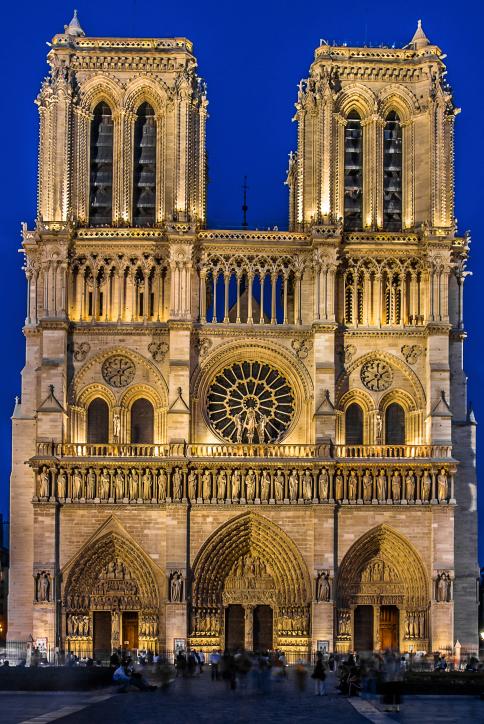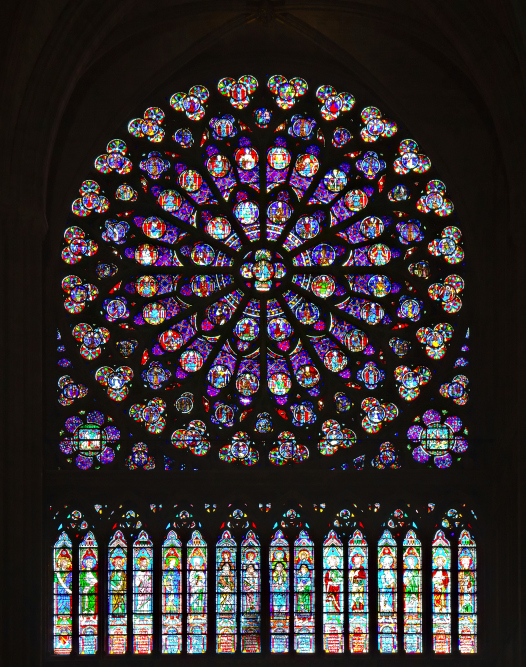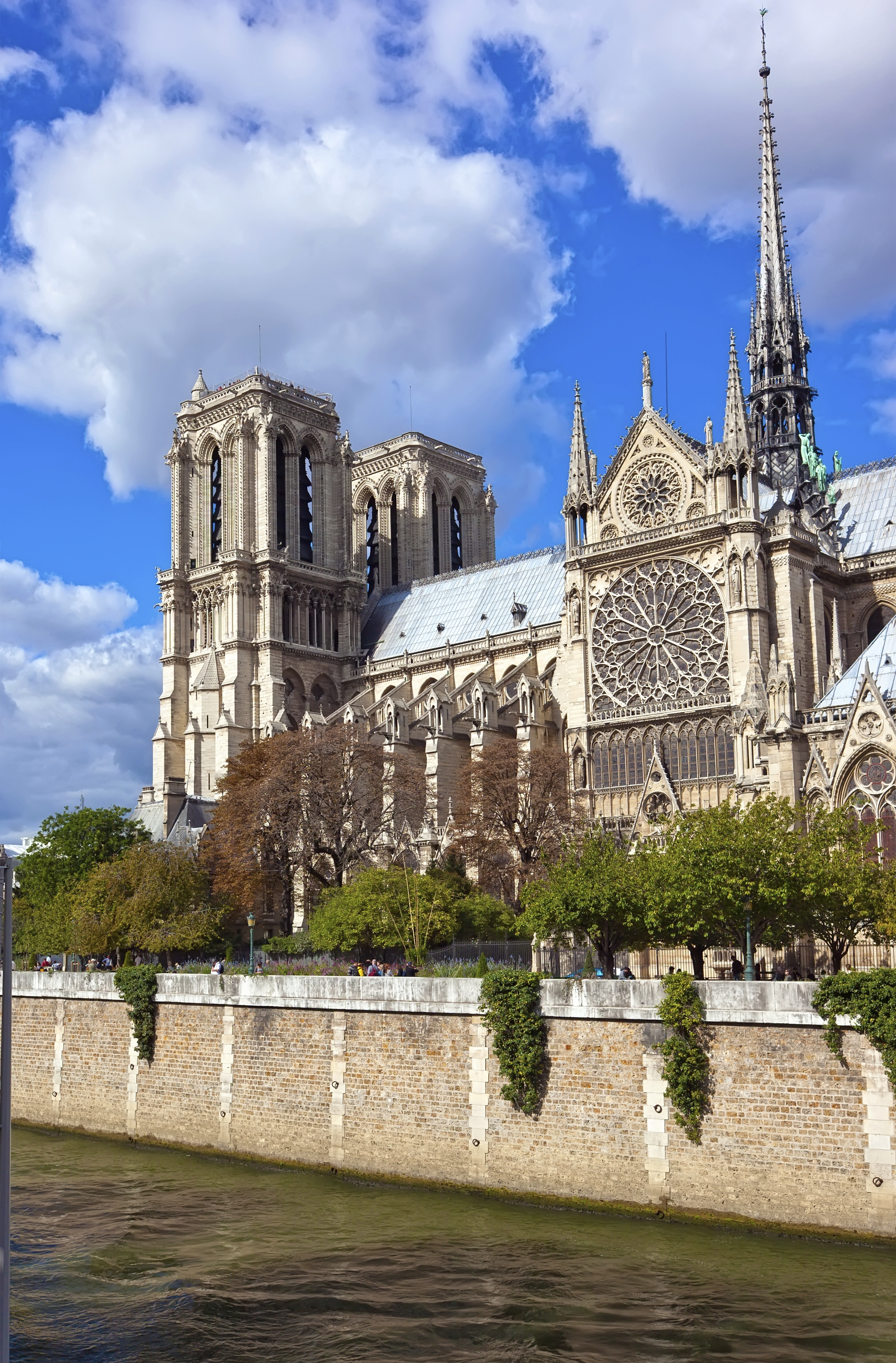Learn
|
Now that you have learned to tell time, you must practice saying the various times aloud. Click on each link to hear the pronunciation and try saying the words. If you find it difficult to pronounce a certain word, be sure to write down a pronunciation note. Example: et quart (ay-kahr). Now that you have learned to tell time, you must practice saying the various times aloud. Click on each link to hear the pronunciation and try saying the words. If you find it difficult to pronounce a certain word, be sure to write down a pronunciation note. Example: et quart (ay-kahr). Notre-Dame de Paris as a Teaching Tool In 1163, when the construction of Notre-Dame began, very few people could read or write. It was decided that the cathedral itself would be used as a teaching tool, including its portals and windows. On the western façade of Notre-Dame, there are three large portals, each containing two heavy wooden doors. Above the doors, there are numerous statues illustrating stories from the Bible and stories from the lives of several Saints. Rather than reading words, the people could learn and remember the stories by looking at the statues. Today, the portals still captivate many visitors, and they find themselves intrigued by the way the statues fit together like an intricate puzzle.
The magnificent rose windows of Notre-Dame are a well-known feature, and they were also used as teaching tools. As you have learned, a goal of gothic architecture was to bring more light into the building, so a number of stained-glass windows were used to add light and color to the cathedral. While Notre-Dame has many vertical stained-glass windows, its most famous windows are the rose windows. Rose windows are circular stained-glass windows that have a diameter of 42 feet. Their individual panes are divided into four large circles, and the designs on the panes teach a Biblical story. Notre-Dame's oldest rose window is on the western façade above the center portal. It was put into place in 1220. The other rose windows are located on each end of the cathedral's transept. As you learned, the transept is the section of the cathedral that resembles the arms of a cross. At either end of the transept there is the North Rose Window, which dates back to 1250, and the South Rose Window, which dates back to 1260.
References "Cathédrale Notre-Dame de Paris." Cathédrale Notre-Dame de Paris. Ed. Michelle Blanc and Laurent Prades. La Cathédrale Notre-Dame de Paris, n.d. Web. 27 June 2014. Hollis, Edward. "Notre-Dame de Paris." The Secret Lives of Buildings: From the Ruins of the Parthenon to the Vegas Strip in Thirteen Stories. New York: Metropolitan, 2009. 187-206. Print. McGregor, James H. "The Cathedral of Notre Dame." Paris from the Ground Up. Cambridge, MA: Belknap of Harvard UP, 2009. 39-68. Print. |
||||||||||||||||||||||||||||||||||||||||||||||||||||||||||||||||||||||||||||||||||||



